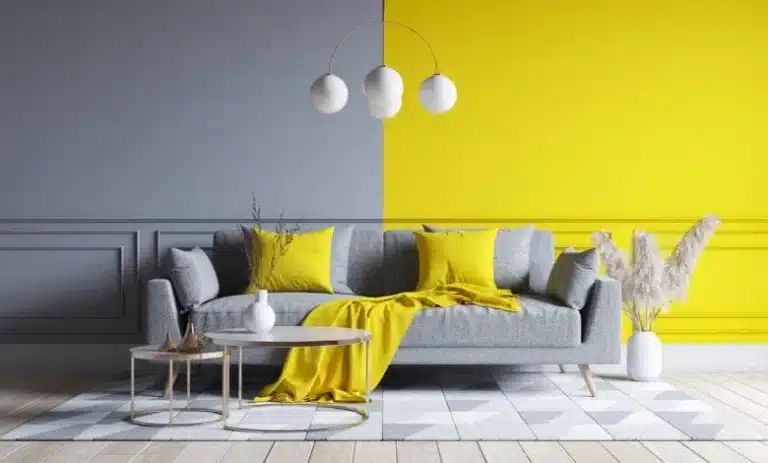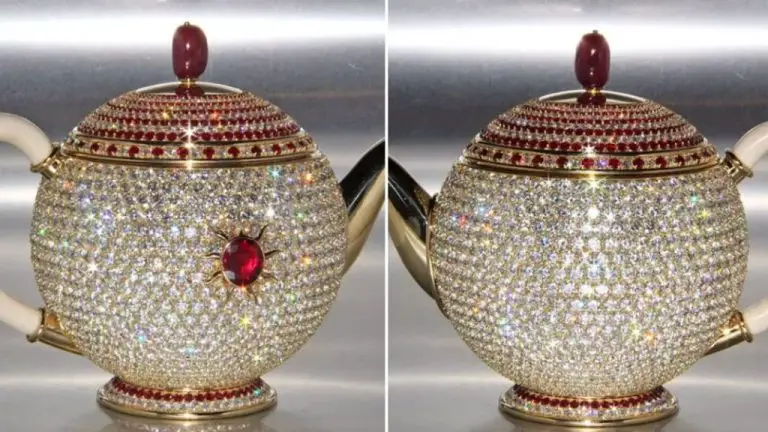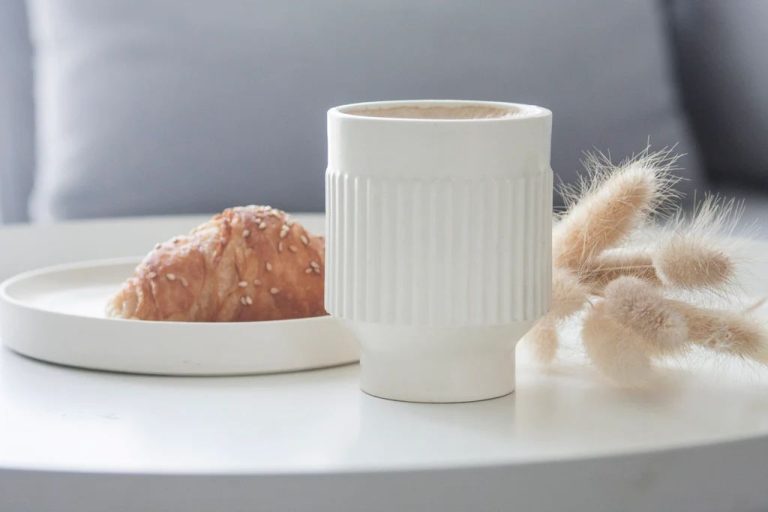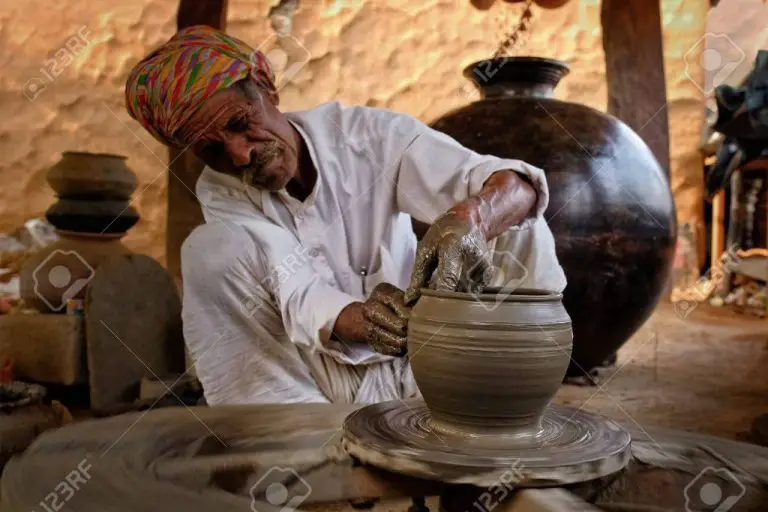What Color Is Dove Gray?
What Is Dove Gray?
Dove gray is a pale gray color with subtle cool blue or purple undertones. It is considered a neutral color that can work well in a variety of settings.
Dove gray is also referred to as pigeon gray, stone gray, or rock gray. It gets its name from resembling the light gray color on the feathers of a dove.
History of Dove Gray
The origins of dove gray can be traced back to the undyed wool of sheep, which naturally produced a grayish hue. As textile dyeing developed, light gray shades like dove gray became popular among nobility and the upper classes. According to https://www.thedrape.com/post/history-of-hues-dove-grey, dove gray fabrics required rare and expensive pigments to produce in the early days of textile dyeing.
Historically, dove gray has been associated with modesty, subtlety, and elegance. Its soft, understated tone allowed the wealthy to display their status in a refined way, without being overly ostentatious. Dove gray garments and home decor first grew popular among European aristocracy in the 17th and 18th centuries. Over time, the delicate shade came to signify sophistication and luxury across many cultures.
Shades of Dove Gray
Dove gray comes in a range of shades from light to dark. Some of the most common shades include:

Light Dove Gray – This very pale, cool-toned gray has hints of blue or purple. Light dove gray has a hex code of #c0c0c0.
Medium Dove Gray – With a hex code of #707070, medium dove gray is slightly darker and often considered the true dove gray. It has a neutral undertone.
Dark Dove Gray – More saturated than light or medium dove gray, dark dove gray has a hex code of #616161. It can appear closer to a charcoal gray.
Within these ranges there are hundreds of specific dove gray shades and hues. Each can have a slightly different hex code and appearance based on undertones and saturation. Dove grays lean toward the cool end of the gray palette.
Dove Gray vs. Other Grays
Dove gray is similar to other light to mid-tone neutral grays, but has its own distinct character. According to JG Blogger, dove gray contains subtle hints of blue or pink, setting it apart from true neutral grays.
Compared to lighter grays like silver gray, dove gray has more depth and richness. Silver gray reads as a cool, icy tone, while dove gray has subtle warmth from its pink or blue undertone. Dove gray can provide a softer, more complex neutral than stark silver gray.
Charcoal gray and slate gray are much darker than dove gray. Charcoal has a blackened cast and slate gray is a blue-tinged deep gray. Dove gray is lighter and brighter than these shadowy dark grays. Dove gray adds lightness and softness compared to the density of charcoal or slate.
Overall, dove gray stands apart from other grays due to its delicate balance of lightness and depth, hint of color, and ultimately warm, peaceful personality. It brings a unique versatility among gray tones.
Use in Design and Fashion
Dove gray is a popular neutral shade often used in interior design and fashion. It has a soft, subtle effect that creates a soothing and elegant aesthetic. Here are some examples of how dove gray is used in these industries:
In interior design, dove gray can be used on walls, furniture, rugs, and accessories. It creates a relaxed and refined look in bedrooms, living rooms, and bathrooms. Dove gray is especially common in minimalist, modern, and Scandinavian style interior design. It is often combined with other neutrals like white, cream, taupe and wood tones to establish a subtle, monochromatic color palette.
For apparel and accessories, dove gray is valued for its versatility and wearability. It can be dressed up or down seamlessly. Outfits featuring dove gray clothing and bags often incorporate complementary hues like blush pink, navy blue, tan, and camel. Dove gray shoes, purses, coats, and dresses are wardrobe staples. The color flatters most skin tones. In fashion, dove gray creates understated sophistication.
Psychology of Dove Gray
The dove gray color has specific psychological effects and associations. It is generally considered a cool, neutral shade that evokes feelings of calmness, comfort, and stability. According to color psychology, gray can promote relaxation and reduce anxiety. It creates a soothing, grounded effect in interior spaces.
Dove gray is a lighter shade of gray, which gives it a soft, gentle quality. While darker grays can feel gloomy or depressing, dove gray has an inherently optimistic feel. It provides subtle brightness without being showy or attention-grabbing.
Interior designers often recommend using dove gray in bedrooms, living rooms, and other spaces where relaxation is a priority. The muted, understated effect helps create an intimate, comforting atmosphere. Dove gray works well when mixed with light blues, greens, and other cool, desaturated colors.
At the same time, dove gray has enough depth and saturation to avoid feeling bland or monotonous. It brings a refined, elegant impression unlike stark white walls. So this versatile neutral shade can have both cozy and sophisticated effects depending on the context.
Overall, dove gray promotes a positive state of mind while remaining humble and serene. It evokes sophistication and poise without overwhelming. This makes dove gray an excellent choice for those seeking the psychological benefits of a lighter, cooler neutral. (https://www.whatagreenlife.com/dove-gray-color/)
Dove Gray in Nature
Dove gray can be found in many natural elements and is a common color in the natural world. According to Color Meanings, some examples of dove gray in nature include:
- Rocks like granite, slate, and limestone
- Clouds on an overcast day
- The feathers of birds like doves, pigeons, and sparrows
- Shells of certain mollusks and crustaceans
- Trunks and branches of some trees
The soft, muted tone of dove gray blends well into natural scenery. It often signifies neutrality and peacefulness in nature. Dove gray rocks, clouds, and feathers can provide soothing and subtle pops of color against brighter natural backdrops. The prevalence of dove gray in the natural world makes it feel familiar and organic in outdoor settings.
Cultural Associations
Dove gray has interesting cultural associations and symbolism across different societies.
In Western culture, dove gray is often associated with peace and tranquility, similar to the white dove used as a symbol of peace. This is likely due to its soft, gentle tone reminiscent of a dove’s feathers. The color evokes a sense of calm and relaxation.
In some Native American tribes, dove gray represents wisdom and intuition. Shamans would wear dove gray robes during rituals and ceremonies. The Hopi tribe considers the dove a messenger between worlds, carrying prayers to the spirit realm.
In parts of Asia like China and Japan, dove gray symbolizes longevity and immortality. It is thought to promote inner peace and self-cultivation. In Feng Shui principles, dove gray brings a steadying, grounding energy to a space.
Across many cultures, dove gray is associated with modesty and subtlety since it is a light, neutral shade. It has a soothing effect without being overly showy or attention-seeking.
Because of its connections to mourning doves and its muted tone, dove gray can also represent sorrow and grief in some contexts. But overall, its cultural meanings evoke tranquility, wisdom, and peace.
Notable Uses of Dove Gray
Dove gray has been used in many famous works throughout history. In architecture, the dove gray exterior of the White House in Washington D.C. is one of the most recognizable examples. The White House was painted in dove gray in 1798 and has remained that iconic color ever since.
In art, dove gray was a popular color used by the Impressionists. Paintings such as Woman with a Parasol by Claude Monet feature subjects wearing dove gray dresses. The calming, neutral tone helped evoke a gentle mood in many Impressionist works.
Well-known consumer products have also utilized dove gray. Apple’s original iPod released in 2001 came in a dove gray ABS plastic casing. The shade helped the iPod stand out from other electronics at the time. Dove gray continues to be a popular color for technology like headphones and computer cases.
Overall, dove gray has been an elegant, soothing neutral shade incorporated into famous works across disciplines. From architecture to art to industrial design, dove gray conveys a sense of refined, understated style.
How to Use Dove Gray
Dove gray is a soft, neutral color that can work in many decorating styles from modern to traditional. Here are some tips for using dove gray effectively in your home, wardrobe, and designs:
In decor, pair dove gray with crisp whites and soft blues for a soothing, relaxed look. It creates an airy feel in bedrooms, living rooms, and bathrooms. For contrast, add in black accents and darker woods.
In fashion, dove gray bottoms like skirts and pants pair nicely with white tops. Try a dove gray blazer over an all-black outfit for a pop of soft color. Dove gray looks great in shoe and handbag leathers.
On walls, use dove gray in bedrooms, entryways, and dining rooms. For trim and molding, dove gray adds subtle detail without overwhelming a room. Consider dove gray kitchen cabinets for a change from standard white.
With its green undertones, dove gray complements sage greens, olive greens, and shades of teal. It creates a fresh but calming palette.
For wedding decor, mix dove gray with blush pinks, cream roses, and greenery. It provides a romantic, timeless look.
In graphic design, dove gray makes an excellent background color. Its neutral tone keeps the focus on overlaid text and images without competing.
Paint mixing tip: To make the perfect dove gray, start with a gray base and add just a touch of green, blue, and white pigments until you achieve the desired soft, subtle effect.





